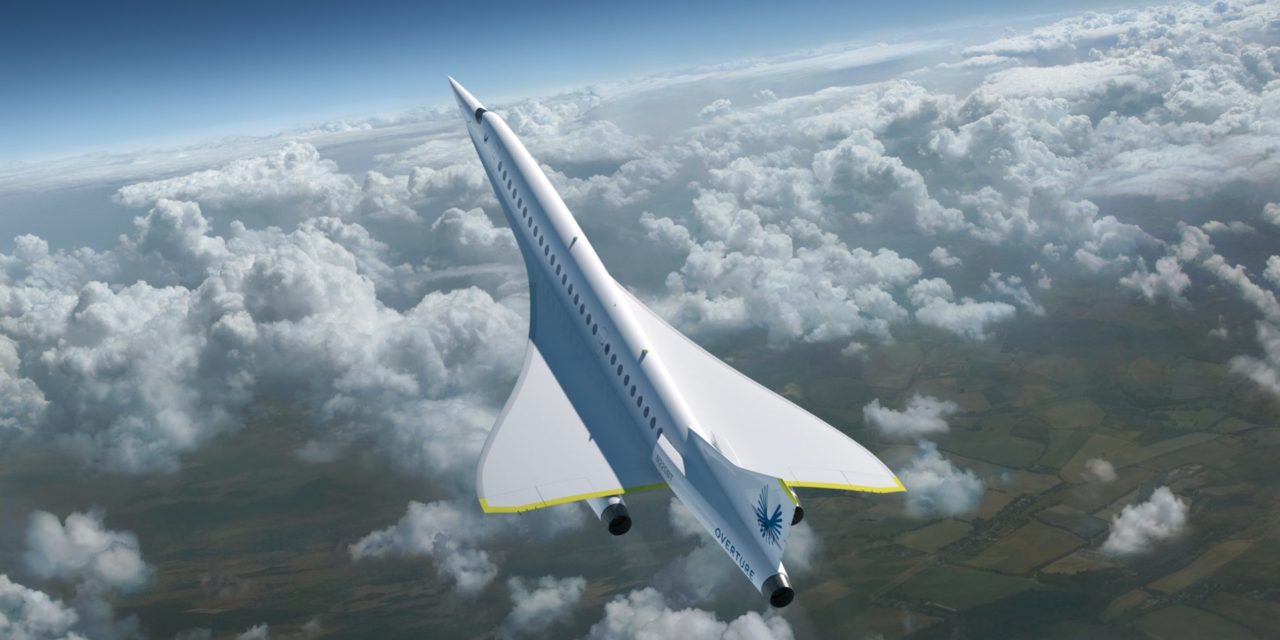Boom Supersonic is scheduled to announce its new engine manufacturer at 11 a.m. on Tuesday, Dec. 13 at Piedmont Triad International Airport.
Boom announced on Jan. 26 that it would spend at least $500 million for its manufacturing facility at PTIA. Before that announcement on the morning of Jan. 26 both the Greensboro City Council and the Guilford County Board of Commissioners met and voted unanimously to award economic incentives to Boom to facilitate the manufacture of supersonic passenger aircraft at PTIA.
The state, however, provided the big money with a Job Development Investment Grant of over $100 million from the North Carolina Department of Commerce.
In June, Boom announced that it would be partnering with Rolls Royce to develop and manufacture the engines for the Boom supersonic Overture aircraft. However, in September Rolls Royce announced it was no longer interested in that collaboration.
Boom said that it would have a new partner to develop and manufacture the engines by the end of the year, and with the announcement on Dec. 13, it appears that Boom has made that deadline with a couple of weeks to spare.
The Overture, the first passenger aircraft Boom intends to produce, has gone through a couple of major engine modifications already. The initial Overture models were for a two-engine aircraft. Then that was increased to three engines and the current Overture model being tested is for a four-engine aircraft.
One of the reasons for selecting a four-engine configuration, according to a spokesperson for Boom, has to do with supply chain issues. It seems every industry is having supply issues and evidently aircraft manufacturing is no different. Having four smaller engines will allow Boom to better fit in with current supply chain and manufacturing capabilities.
Four engines also have the added benefits of reducing the noise levels and making the aircraft safer.


Zillions more of extorted taxpayer money to fund a private business.
Is this why NC is a top ten destination state?
You’re right. Let them go somewhere else. Who needs all those extra jobs and additional income tax revenue anyway.
If true, choosing four engines instead of two (and BTW three engines is even more of an engineering nightmare than four), it indicates this is a pipe dream at the moment (technologically and economically). Engineering is a trade-off. Yes maybe lower noise and increased safety, but then you get higher fuel consumption. Jet fuel prices do fluctuate. It also seems unlikely that supply chain issues drive a change from two to four engines. You can build a smaller less powerful engine and get lower costs, but then you have to build four of them instead of two, and maintenance costs rise down the road too.
My question is: how much do these jobs cost, per job? Corporate welfare is at the taxpayer’s expense. An educated work force and lower tax rate will attract all businesses.
The only thing more complicated than the physics of perfecting airfoils at supersonic speeds is government incentives and all the underhanded politics that goes with ’em.
Uh, no engines, no fly planes?!